Description
Project Overview
The Speed Breaker Energy Harvesting System is a practical demonstration of harvesting ambient kinetic energy produced by vehicles passing over a speed breaker. Instead of dissipating this mechanical energy as heat, the prototype converts it into electrical energy using a small DC alternator (or a geared DC motor used as a generator), conditions that energy, and stores it briefly in a capacitor. The stored charge is then used to power visual indicators (LEDs) or other low-power devices, illustrating possibilities for sensor power, road-side indicators, or micro-power applications.
This model is intended as an educational kit to teach concepts of energy conversion, rectification, storage, and low-power electronics. It is designed to be robust enough for lab demonstrations and safe for classroom use.
Working Principle
When a vehicle or weight moves over the speed breaker surface, the mechanical displacement drives the shaft of a small DC generator mounted under the breaker. The generator produces electrical pulses proportional to the mechanical input. If the machine produces AC, a simple rectifier converts it to DC; otherwise, the DC output is conditioned directly.
The conditioned output charges an energy-storage capacitor through a current-limiting resistor (to control inrush and protect the LED). Once the capacitor reaches a usable voltage threshold, it powers an LED or small load for a short duration. Repeated vehicle passages accumulate energy pulses and demonstrate intermittent practical output.
Key Features
-
Converts mechanical motion from a speed breaker into electrical energy.
-
Uses a small DC alternator (or motor-as-generator) and energy-storage capacitor.
-
Simple rectification/conditioning and current-limiting resistor protect the storage and load.
-
LED indicator demonstrates harvested energy visually.
-
Compact, low-cost and safe prototype suitable for lab demonstrations.
-
Ideal for B.Tech, Diploma and Polytechnic final-year projects and exhibitions.
Technical Specifications (Prototype)
-
Energy transducer: Small DC alternator / DC motor (used as generator)
-
Storage: Electrolytic capacitor (value depends on desired hold-time)
-
Protection & conditioning: Rectifier diodes (if needed), current-limiting resistor
-
Output load: LED indicator (or small low-power load)
-
Mechanical: Speed breaker mockup and mount for generator shaft
-
Typical output behavior: Short pulses; usable for low-power intermittent loads
Educational Outcomes
Students working with this kit will:
-
Understand the principles of mechanical-to-electrical energy conversion.
-
Learn rectification, capacitor charging/discharging and basic power conditioning.
-
Evaluate the tradeoffs between storage size, load, and usable run time.
-
Design simple sensing or indicator circuits powered by harvested energy.
-
Explore scalability and real-world deployment constraints for micro-energy systems.
Applications & Use Cases
-
Powering roadside indicator LEDs where mains supply is unavailable.
-
Energy harvesting demonstrations in laboratories and classroom settings.
-
Charging very low-power sensors or IoT nodes in smart road infrastructure (prototype stage).
-
Student projects exploring renewable energy, low-power electronics and sustainable design.
Advantages & Limitations
Advantages: low cost, simple construction, safe for student use, and clearly demonstrates core principles of energy harvesting.
Limitations: energy pulses are small and intermittent — the system is best suited for low-power loads or as a demonstrator rather than primary power source. Performance depends strongly on vehicle weight, speed, alternator efficiency and capacitor sizing.
Package Includes
-
Small DC alternator / DC motor (used as generator)
-
Rectifier diodes and current-limiting resistor assembled on PCB or proto board
-
Energy storage capacitor (assembled)
-
LED indicator and wiring harness
-
Speed breaker mockup with generator mount
-
Basic documentation (circuit diagram + block diagram + operation notes)

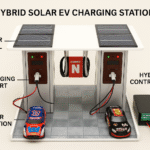

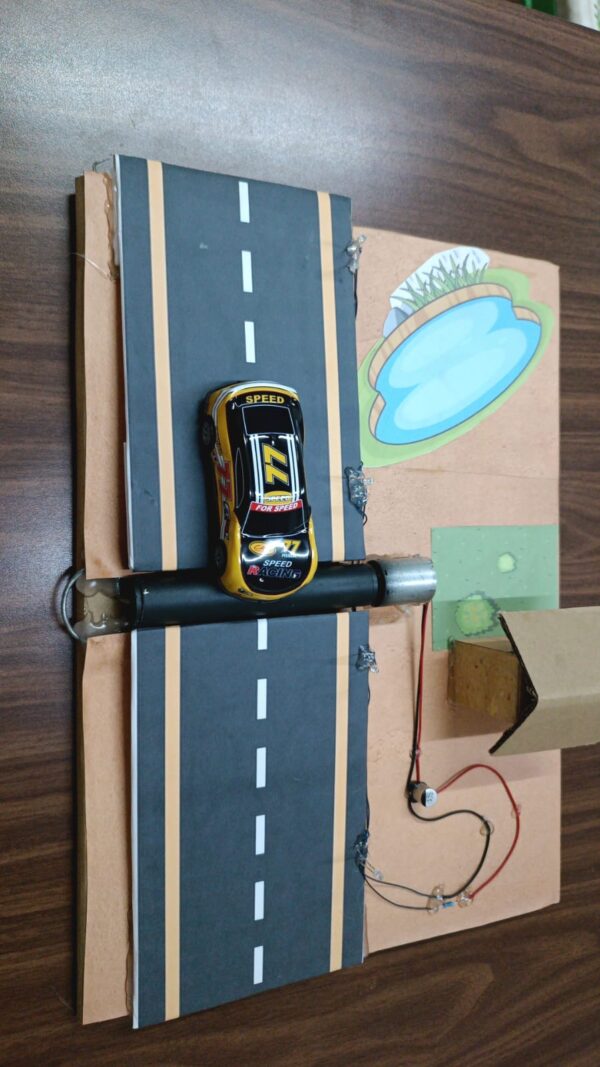
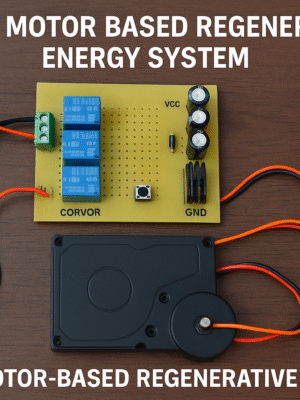
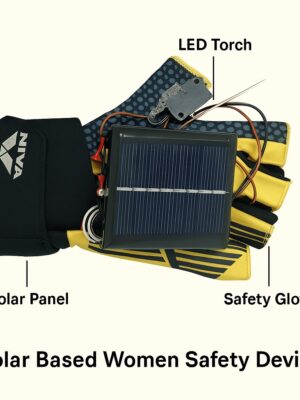

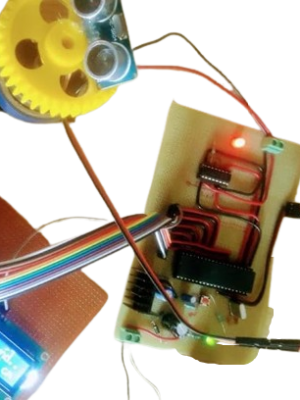







Reviews
There are no reviews yet.